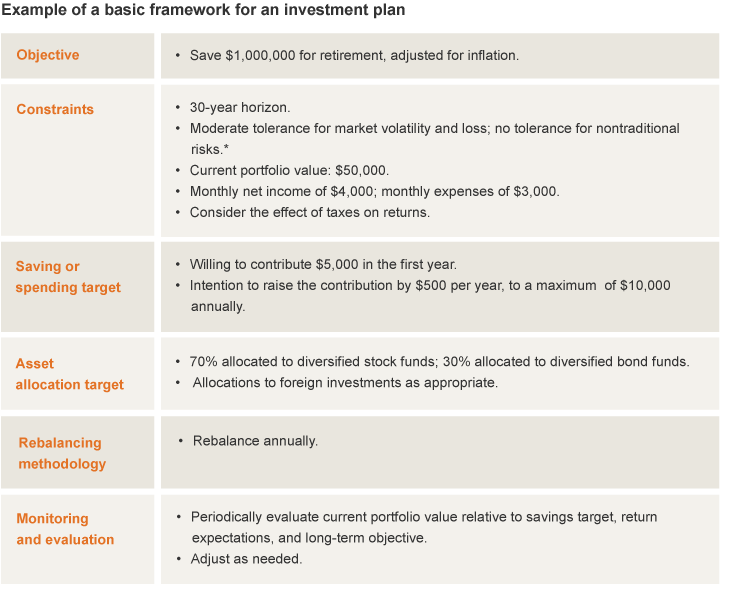Achieve Financial Goals With Risky Investments
Post on: 19 Июнь, 2015 No Comment

School:
For risk-averse investors, how would you characterize the necessity of including stocks and other risky investments to achieve their financial goals?
Jill Foote, CFA, Ph.D.
At this point in time, even risk-averse investors need to have a portion of their portfolio in stocks and other risky investments. However, the risky portion of the portfolio should be in high dividend paying, low-beta stocks such as those found in telecommunications and consumer staples (necessary products) companies, and regulated utilities. Many companies in these sectors are paying dividend yields of 3 (percent) to 5 percent, higher than yields on short-term bonds in the same sectors.
The qualification of at this point in time is important. This is a unique time with interest rates at or near historic lows, combined with reasonably priced stocks paying higher dividends than in many years. Fixed-income instruments are likely to see yields creeping up over the next few years, reducing the value of the underlying bonds (price and yield move in opposite directions in bonds), while stocks are likely to see some reasonable price appreciation.
After yields have risen to more normal levels (which may be a few years from now), risk-averse investors should consider reducing stocks and returning to bonds.

Steven Dolvin, Ph.D
Often investors only consider the risk of an investment for a single period, thinking that they aren’t willing to lose any of their investment in a particular year. However, this overlooks the risk of shortfall — i.e. the risk of having less money than needed at retirement. While stocks are more volatile, over longer periods of time they reduce shortfall risk since their higher returns, on average, provide higher portfolio values. So for investors with 10- to 15-plus years, stocks should definitely comprise a portion of their portfolios.
Todd Feldman, Ph.D.
Any investor, whether risk taking or extremely risk averse, should include stocks or other risky investments to achieve their financial goals. What we have learned from the portfolio theory literature is that the inclusion of stocks along with bonds and other safer investments is a superior portfolio to an all-bond portfolio. The allocation of just 10 percent stocks and 90 percent bonds can achieve a higher return than a 100 percent bond portfolio while incurring the same risk. The reason has to do with the correlation between stocks and bonds. Sometimes stock prices increase while bond prices decrease. The most important question for a risk-averse investor is how much they should allocate to the stocks relative to bonds. I would recommend that an extremely risk-averse investor allocate a maximum of 25 percent of their portfolio to stocks and a minimum of 10 percent.














